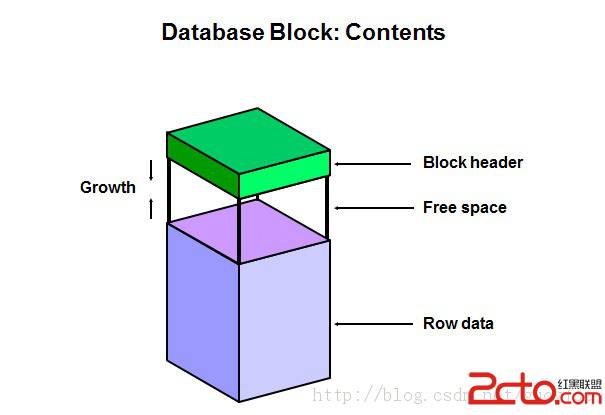初尝数据库优化
1.建一个数据库testDB:
[sql]
create database testDB
2.建一张测试表T-Test:
[sql]
use testDB
create table T_Test (numberTest bigint,dateTest datetime,str1Test varchar(10),str2Test varchar(10),str3Test varchar(10),)
go
3.往里添加20万条数据:
[html]
declare @a bigint
set @a =1
while @a <200000
begin
insert T_Test values(@a,getdate(),'廊坊','信息技术','提高班')
set @a=@a+1
end
go
4.测试:
查询耗时我用的办法时,查询之前先声明一个时间,查询之后再声明一个时间,然后获得时间差。
datediff(millisecond,开始时间,结束时间) --millisecond 毫秒
测试一:查看T_Test表只查询一个列耗时情况
[sql]
declare @start datetime,@end datetime
set @start=getdate()
select numberTest from T_Test
set @end=getdate()
select datediff(millisecond,@start,@end)
go
--查询numberTest耗时为:3470毫秒
--查询dateTest列耗时:3616毫秒
测试二:查看peoTest表查询所有列耗时情况
[sql]
declare @start datetime,@end datetime
set @start=getdate()
select * from T_Test
set @end=getdate()
select datediff(millisecond,@start,@end)
go
--查询所有列耗时为:4723毫秒
测试三:利用分页存储过程(存储过程见文章结尾处),查看某一页单列及所有列耗时情况
[html]
declare @start datetime,@end datetime
set @start=getdate()
exec selectbypage 'T_Test','*','numberTest',20,10,0,0,''
set @end=getdate()
select datediff(millisecond,@start,@end)
go
--耗时:240毫秒
从以上三个测试例子,可以得出以下结论:
1、尽量少使用 * 号,应只查询需要的字段,能减少不必要的消耗。
2、多使用分页,单页数据量较少,也可以提高查询效率。
一个分页存储过程
[html]
create PROCEDURE SelectByPage
(
@tblName varchar(255), -- 表名
@strGetFields varchar(1000) = '*', -- 需要返回的列
@fldName varchar(255)='', -- 排序的字段名
@PageSize int = 40, -- 页尺寸
@PageIndex int = 1, -- 页码
@doCount bit = 0, -- 返回记录总数, 非 0 值则返回
@OrderType bit = 0, -- 设置排序类型, 非 0 值则降序
@strWhere varchar(1500)='' -- 查询条件 (注意: 不要加 where)
)
AS
declare @strSQL varchar(5000) -- 主语句
declare @strTmp varchar(110) -- 临时变量
declare @strOrder varchar(400) -- 排序类型
if @doCount != 0
begin
if @strWhere !=''
set @strSQL = 'select count(*) as Total from ' + @tblName + ' where '+@strWhere
else
set @strSQL = 'select count(*) as Total from ' + @tblName
end
--以上代码的意思是如果@doCount传递过来的不是0,就执行总数统计。以下的所有代码都是@doCount为0的情况
else
begin
if @OrderType != 0
begin
set @strTmp = '<(select min'
set @strOrder = ' order by ' + @fldName +' desc'
--如果@OrderType不是0,就执行降序,这句很重要!
end
else
begin
set @strTmp = '>(select max'
set @strOrder = ' order by ' + @fldName +' asc'
end
if @PageIndex = 1
begin
if @strWhere != ''
set @strSQL = 'select top ' + str(@PageSize) +' '+@strGetFields+ ' from ' + @tblName + ' where ' + @strWhere + ' ' + @strOrder
else
set @strSQL = 'select top ' + str(@PageSize) +' '+@strGetFields+ ' from '+ @tblName + ' '+ @strOrder
--如果是第一页就执行以上代码,这样会加快执行速度
end
else
begin
--以下代码赋予了@strSQL以真正执行的SQL代码
set @strSQL = 'select top ' + str(@PageSize) +' '+@strGetFields+ ' from '
+ @tblName + ' where ' + @fldName + '' + @strTmp + '('+ @fldName + ') from (select top ' + str((@PageIndex-1)*@PageSize) + ' '+ @fldName + ' from ' + @tblName + '' + @strOrder + ') as tblTmp)'+ @strOrder
if @strWhere != ''
set @strSQL = 'select top ' + str(@PageSize) +' '+@strGetFields+ ' from '
+ @tblName + ' where ' + @fldName + '' + @strTmp + '('
+ @fldName + ') from (select top ' + str((@PageIndex-1)*@PageSize) + ' '
+ @fldName + ' from ' + @tblName + ' where ' + @strWhere + ' '
+ @strOrder + ') as tblTmp) and ' + @strWhere + ' ' + @strOrder
end
end
exec (@strSQL)





